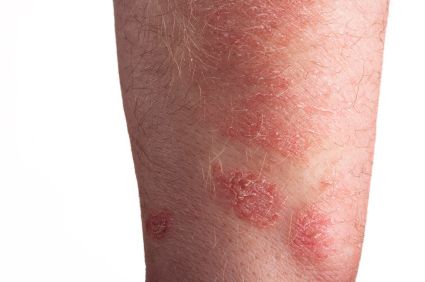
Cefotaxime is a third-generation cephalosporin antibiotic, which is used to treat a variety of bacterial infections including pneumonia, urinary tract infections, bone and joint infections, and meningitis. There are many more conditions this medication can treat, making it true to the reputation WHO has bestowed upon it.
However, due to some of the extreme reactions some patients experienced from taking the medication, doctors have started recommending other antibiotics. One of the reactions the patients suffered was Stevens Johnson Syndrome. This is an extreme allergic skin reaction that is specifically caused by medication ingestion.
While Stevens Johnson Syndrome is a considerably rare reaction, there have been enough documented cases of Cefotaxime-induced SJS where experts recommend that the medication not to be a first-line treatment option. Essentially, this means that experts recommend people stay away from Cefotaxime and offer different medications.
Stevens Johnson Syndrome is an extremely rare and extreme allergic reaction to medication, which has been the subject of several Steven Johnson Syndrome class action lawsuits. There are typically only 300 cases diagnosed in the United States each year. SJS typically occurs in adults, rather than children. The condition is typically identified by the red or purplish skin lesions that appear over the body’s surface area, which literally causes the skin to detach and fall off of the patient, giving the appearance of the skin ‘melting.’
Due to the nature of the injuries of the lesions, SJS patients are typically treated the same as burn patients. Stevens Johnson Syndrome can cause lesions to spread up to 30 percent of the body, and can cause permanent scarring, blindness and internal organ injuries.
Example of Cefotaxime-Induced Stevens Johnson Syndrome
An example of Cefotaxime-induced Stevens Johnson Syndrome comes from an elderly woman in 2003. The woman had been prescribed Cefotaxime to treat an infection, and soon after ingesting the medication she developed blisters all over her skin and mucous membranes. The patient was 72 years old at the time of the reaction, and suffered a fever, prostration, permanent skin injuries and other permanent damage.
While the patient survived, the condition would have likely killed her had she not been diagnosed in time. The elderly are more susceptible to illnesses, so this timing of the diagnosis made the difference between life and death for the woman. Like most cases of Stevens Johnson Syndrome, her case started out with fever and other flu-like symptoms within two weeks of starting the medication. The skin welts appeared after a week of contending with the initial side effects.
This woman was one of the first documented cases of Cefotaxime-induced Stevens Johnson Syndrome. While health experts agree that any medication which has been shown to cause SJS should be observed, it should not be mentioned on the labeling without absolute certainty.
As of now, Stevens Johnson Syndrome is not listed as a side effect of Cefotaxime, which means that patients who take this medication are typically unaware of the possibility of experiencing this condition.
In general, SJS lawsuits are filed individually by each plaintiff and are not class actions.
Do YOU have a legal claim? Fill out the form on this page now for a free, immediate, and confidential case evaluation. The attorneys who work with Top Class Actions will contact you if you qualify to let you know if an individual lawsuit or class action lawsuit is best for you. Hurry — statutes of limitations may apply.
ATTORNEY ADVERTISING
Top Class Actions is a Proud Member of the American Bar Association
LEGAL INFORMATION IS NOT LEGAL ADVICE
Top Class Actions Legal Statement
©2008 – 2024 Top Class Actions® LLC
Various Trademarks held by their respective owners
This website is not intended for viewing or usage by European Union citizens.
Get Help – It’s Free
Help for Victims of Stevens Johnson Syndrome
If you or a loved one were diagnosed with Stevens Johnson Syndrome (SJS) or toxic epidermal necrolysis (TEN) after taking a prescribed or over-the-counter medication, you may be eligible to take legal action against the drug’s manufacturer. Filing an SJS lawsuit or class action lawsuit may help you obtain compensation for medical bills, pain and suffering, and other damages. Obtain a free and confidential review of your case by filling out the form below.
An attorney will contact you if you qualify to discuss the details of your potential case at no charge to you.
Oops! We could not locate your form.












